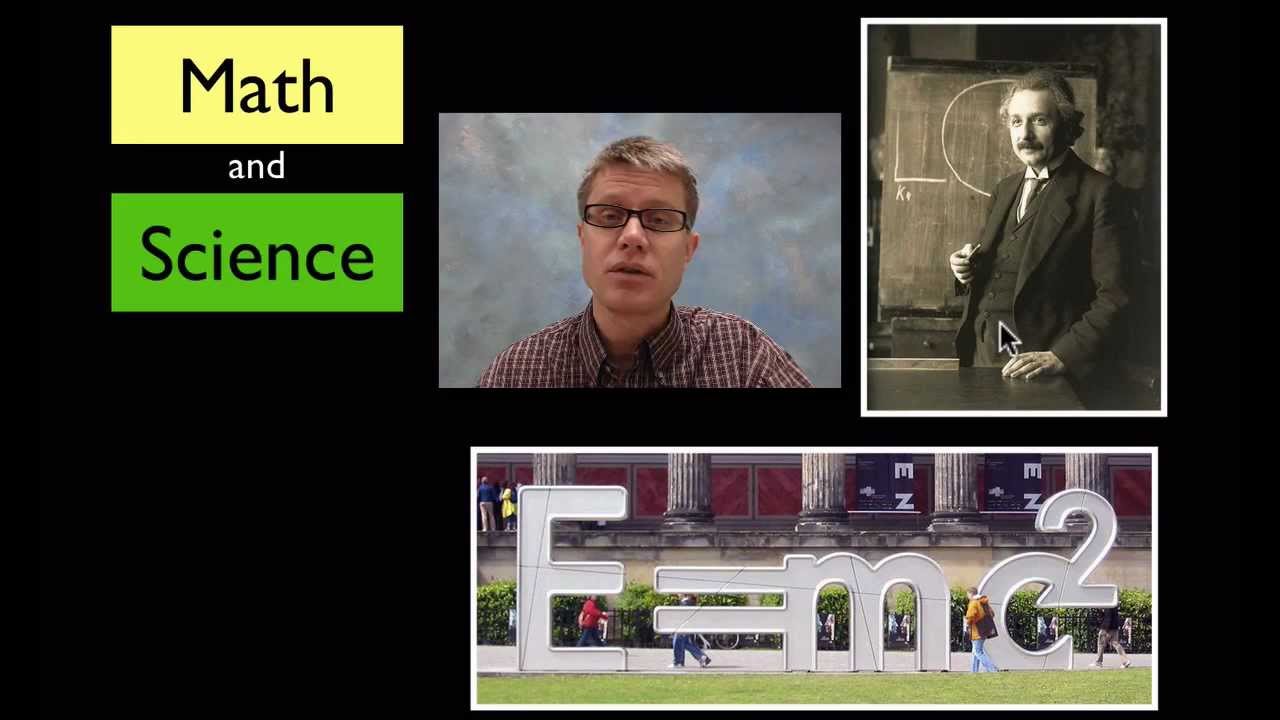PS2.B: Types of Interactions
Paul Andersen explains how objects interact when touching and at a distance. Electromagnetic forces are very important when objects are touching and fields explain both electromagnetic and gravitational forces. The strong and weak nuclear forces can result in radioactive decay. A brief description of Newton's Law of Universal Gravitation and Coulomb's Law are includes. A teaching progression from grades K-12 is also included.
CCC1: Patterns
Paul Andersen explains patterns and describes why pattern recognition is an important skill in science and engineering. He begins by discussing patterns in nature, including snowflakes, flower petals, seasons and nucleotides in DNA. He then illustrates the importance of classification in describing and eventually understanding patterns. He gives a progression instruction in the science classroom from grade K to 12. A secret pattern is hidden within the video.
SEP5: Using Mathematics and Computational Thinking
Paul Andersen explains how mathematics and computational thinking can be used by scientists to represent variables and by engineers to improve design. He starts by explaining how mathematics is at the root of all sciences. He then defines computational thinking and gives you a specific example of computational modeling. He finishes the video with a teaching progression for this practice.



